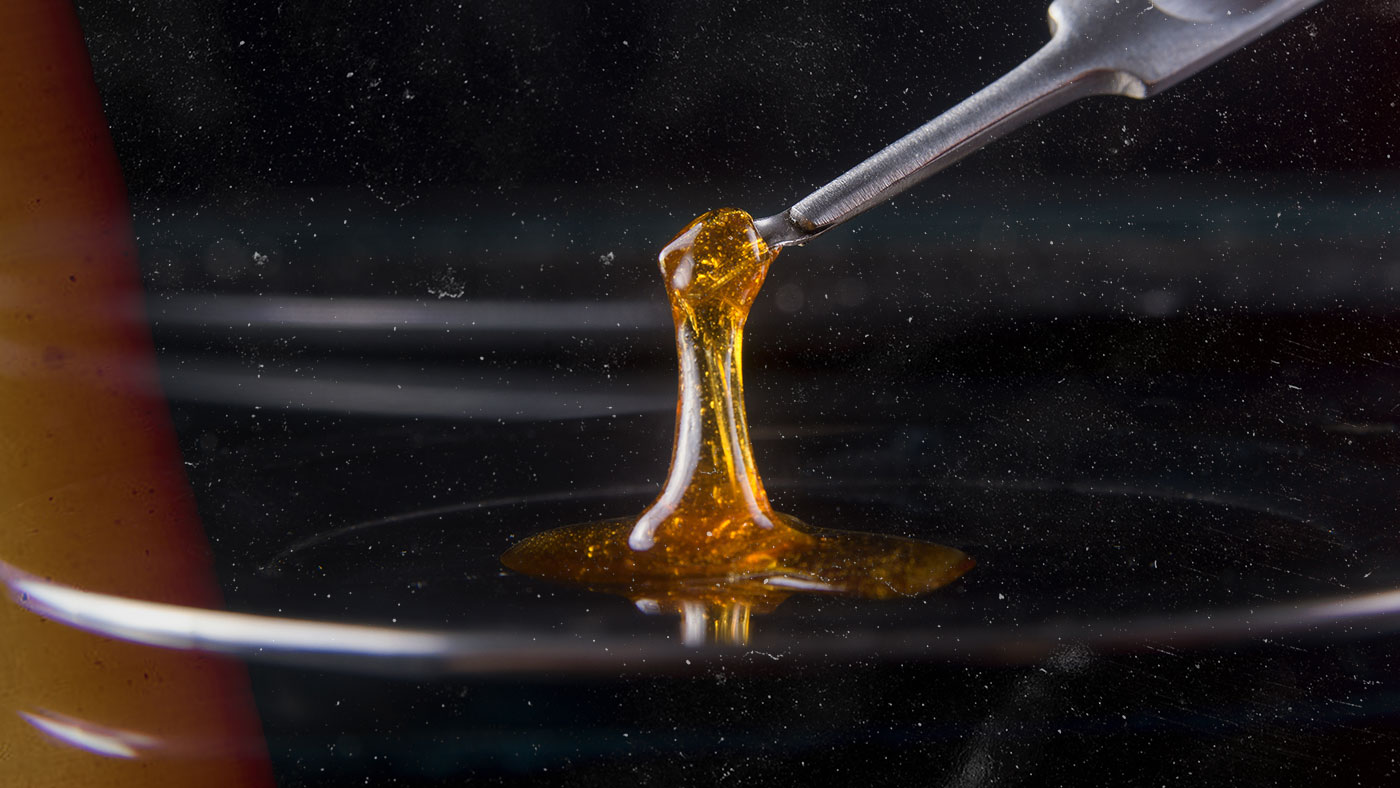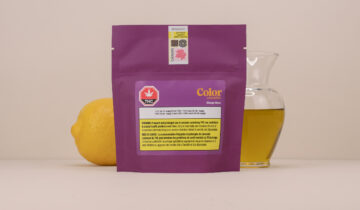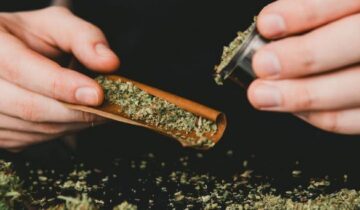You may have noticed the selection at your local cannabis store has really bloomed in recent months. Have you noticed the ever-expanding range of vapes, edibles, and topicals suddenly competing for your attention… and dollars?
With so many novel products on the market, you may be surprised to learn that there are very good reasons why classics like oil and flower remain popular with Canadian cannabis consumers.
So what is it about dried flower and cannabis oils that give them enduring appeal?
Dried Flower
Dried flower is cannabis in its most familiar form! While it’s commonly rolled in paper or packed into a pipe or a bong to be smoked, it can also be vaped in dedicated devices like a PAX or Volcano, and it can be incorporated into home cooking and DIY topicals.
You’ll find it sold by weight and can purchase a maximum of 30 grams of dried cannabis in stores.
Pros and cons of dried flower:
Aside from its versatility, dried flower is loved because it offers a unique opportunity to appreciate cannabis in its rawest form. Different varieties, which are better known as “strains” or “cultivars” each offer unique characteristics, flavours, and potential effects, though it can be a little difficult to accurately dose.
What to look for when buying dried flower
Just like how some apples boast green skins and tart flavours while others are deep red and sweet, different cannabis cultivars can have distinct characteristics. Have you ever noticed how some cannabis buds are fluffy and green while others are dense and crystal-coated, some smell of fruit or pine, while others are skunky or floral.
Cannabinoid content and potency can also differ from one cannabis strain to the next.
When purchasing cannabis flower, note that the THC content, the intoxicating cannabinoid will be more potent in higher percentages. Meanwhile the presence of CBD, may as research suggests, play a role in enhancing or conversely taming the effects of THC.
Discovering what makes different cannabis strains unique can help establish personal preferences and inform your next cannabis purchase.
Oils
Cannabis oils, in this instance, refer to ingestible concentrates that are sold as sprays, capsules, or tinctures that can be dropped under your tongue or incorporated into food.
These products are cannabis extracts mixed with a neutral oil, like MCT oil or sunflower oil. Being food-safe, these cannabis oils are also safe for use topically but should never be inhaled. Inhalable cannabis oils are considered “vaping products.”
Pros and cons of cannabis oils:
Scent-free, flavour-free, and portable! For consumers, cannabis oils are favoured as a discreet, noncombustible consumption method that allows for precise dosing.
What to look for when buying cannabis oils:
While the cannabinoid content listed will indicate potency in the same way as it does with dried flower, cannabis oils are highly concentrated mediums and a little can go a long way.
Cannabis oils are available in a variety of formulations that offer differing amounts of cannabinoids and varying potency. It is important to read the labels before you make your purchase.
In addition to isolated cannabinoids, some cannabis oils will also contain terpenes from the flower that the oil was extracted from. These oils will be identified as ‘full spectrum,’ and could promote the ‘entourage effect’, which posits that THC and CBD work synergistically with terpenes and contribute to the effects of cannabis.
Regardless of whether you stick to flower or branch out into the world of oils, extracts, edibles, and beyond, finding the right cannabis products and consumption method for you is a personal journey.
Start low and go slow.



